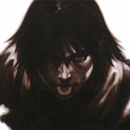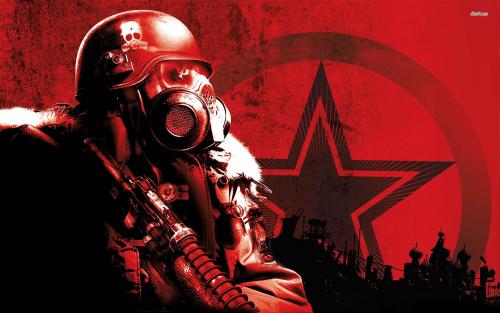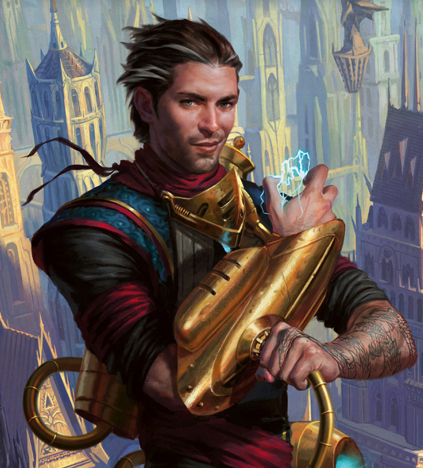I largely agree with Egoraptor's points about the waiting periods in the newer 3D games, but I will also say that it is interesting that the focus of the Zelda series from Exploration to Puzzle-Solving happened because of observable variables in retrospect. It WAS a major shift in development from a 2D console to a 3D one, and it was a shift that not a whole lot of franchises could feasibly make.
I mean, Star Fox was a given. It's simple structuring allowed for the devs to make a fantastic, re-playable game that still holds up to this day because of its arcade-like game play. Zelda, on the other hand, seemed to actually be limited by its new epic scope rather than set free. The 3D camera and the combat virtually changed everything else, and so the focus HAD to shift from one type of game play to another, and in my opinion it was a shift that has made the newer Zelda games a bit more awkward. Ocarina of Time was okay, it did what it did well, and Majora's Mask as well. Wind Waker brought back elements of exploration but the Zelda series was still trying to chain the player to certain conditions rather than letting the player go free. Twilight Princess and Skyward Sword (despite my undying love for the latter) were the worst in this regard, making whole sections of the map unreachable due to the player not having met the proper conditions to enter, and that is fucking awful for this series to do. It is a Zelda crime to cut the exploration out of the game.
The reason that I can forgive Skyward Sword for its segregated overworld is that however much it got wrong as a Zelda game, however much it stepped in the wrong direction with one foot, it stepped in the right direction with the other. Yeah, the map was segregated much like the map in Twilight Princess, but the individual areas had a lot to do and were really fun to explore, and you could actually affect the environment. Plus, they made the unreachable places tantalizing to the player to motivate them enough to try and unlock them. The combat was also really fun because it provided the player more options. You could wait and let the enemy do its scripted attack, then block and strike back, or you could do a forward stab and hurt him another way. And the dungeons were equally awesome, providing just the right creepy atmosphere a dungeon in Zelda needs. My favorite dungeon of all time is the Ancient Cistern, and its because of its otherworldly, morbidly beautiful atmosphere. It wasn't just another temple with some sort of element in it as much as it actually told a story in its design. That's the kind of shit newer 3D Zelda games need.
The most criminal part is that other video games were able to make the transition to 3D that were very similar to Zelda, such as the Elder Scrolls games, and yet despite several releases the developers seemed to ignore what actually made Zelda a big deal game when it first graced consoles back in the day.
I didn't really think much about this kind of stuff until I watched Egoraptor's video, and I'm glad I did. Its about time the original aesthetics of the series were brought back to the forefront so we can have a proper Zelda experience again.



















